Blogs & News
We are focus on automotive wiring harness & connectors technology.
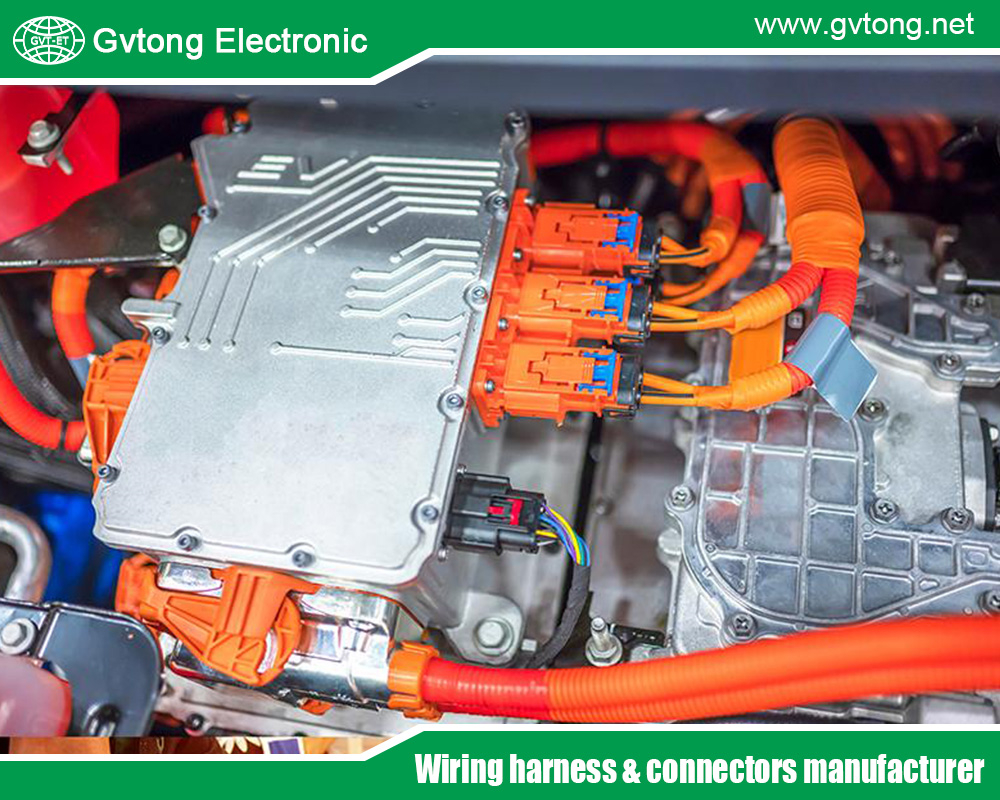
What Sealing Technologies Do Connector Suppliers Adopt in the Design of Connectors to Meet the Extreme Protection Requirements of IP6K9K?
- Gvtong Electronic
- 10-cavity connector manufacturer, 10-cavity connectors market, 12 volt 2 pin waterproof connector, 12 volt automotive wire connectors, 2 pin waterproof electrical connector, 2 Pin Way Car Waterproof Electrical Connector, 2-cavity connectors company, 2-cavity connectors manufacturer, 2p 32p Automotive Connector Terminal Crimping, adas automotive connector, ADAS automotive connectors manufacturer, ADAS automotive connectors supplier, Anti-vibration automotive connectors, Automated assembly connectors Cost-effective automotive connectors, automotive antenna connector, automotive coaxial connector, automotive connector, Automotive Connector and Cable Products, automotive connector companies, Automotive Connector Factory, automotive connector manufacturer, automotive connector market, Automotive Connector Supplier, automotive connector suppliers, Automotive Connector Terminal Crimping, automotive data connector, automotive electrical connector suppliers, automotive electrical connector suppliers in thailand, automotive high - frequency, automotive Low voltage connector, automotive power distribution, automotive Signal Connector, automotive vibration - resistant, automotive waterproof connectors, China Automotive Connector Suppliers, connector suppliers, Electrical Wiring Connector Suppliers from Thailand, Wholesale Heavy Duty Connector Suppliers
- No Comments
What Sealing Technologies Do Connector Suppliers Adopt in the Design of Connectors to Meet the Extreme Protection Requirements of IP6K9K?
In the demanding world of modern engineering, particularly in automotive, industrial, and harsh-environment applications, connectors must withstand extreme conditions while maintaining reliable electrical and signal transmission. The IP6K9K rating represents one of the highest levels of ingress protection, ensuring that devices are dust-tight and capable of resisting high-pressure, high-temperature water jets. This standard is crucial for sectors like agriculture, construction, military, and automotive, where equipment faces frequent washdowns, road debris, and environmental stressors.
IP6K9K builds on the International Electrotechnical Commission (IEC) 60529 standard for ingress protection, with the “6K” indicating complete dust protection under pressure, and “9K” denoting resistance to water jets at pressures up to 100 bar (1450 psi) and temperatures up to 80°C (176°F) from close range. Unlike standard IP69, IP6K9K is often specified in automotive contexts per ISO 20653, emphasizing robustness against steam-jet cleaning and high-velocity sprays. Achieving this rating requires innovative sealing technologies to prevent moisture, dust, and contaminants from compromising internal components.
Automotive connector suppliers like TE Connectivity, ODU, Molex, and Amphenol have developed advanced sealing methods to meet these requirements. However, a key challenge is balancing this superior protection with the need for lightweight products. Weight reduction is essential for fuel efficiency in vehicles, portability in industrial tools, and overall system optimization. One effective approach involves using long glass fiber composites, which can reduce weight by up to 30% compared to traditional materials while preserving structural integrity and sealing performance.
This article explores the sealing technologies employed by suppliers to achieve IP6K9K compliance and examines strategies for harmonizing high-pressure protection with lightweight design. Drawing from industry examples, it highlights how material innovations like long glass fiber reinforced composites enable this balance, ultimately driving efficiency and durability in connector designs.
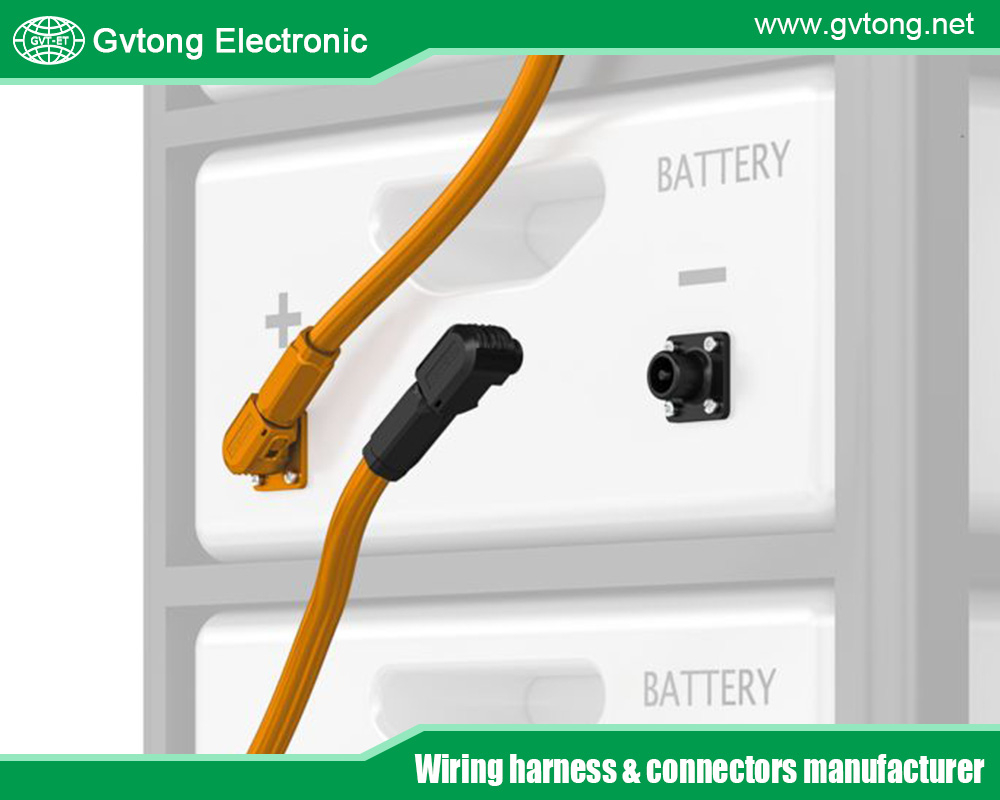
Understanding IP6K9K Protection Requirements
The IP rating system classifies the degree of protection provided by enclosures against solids and liquids. For IP6K9K, the first digit “6K” signifies total protection against dust ingress, even under pressurized conditions, preventing any particle entry that could affect functionality. The second digit “9K” ensures the connector can endure high-pressure water jets without leakage, simulating intense cleaning processes in automotive assembly lines or agricultural machinery
In practical terms, IP6K9K-rated connectors must pass rigorous tests: dust exposure in a chamber with talcum powder under vacuum, followed by water jetting at 14-16 liters per minute from distances of 10-15 cm, at angles of 0°, 30°, 60°, and 90°. These tests mimic real-world scenarios like high-pressure car washes or exposure to road salt and mud. Failure in sealing can lead to corrosion, short circuits, or system downtime, making IP6K9K essential for safety-critical applications.
Suppliers address these demands through multi-layered sealing strategies that go beyond basic gaskets. The focus is on creating redundant barriers to ingress while ensuring ease of assembly and maintenance. As environmental regulations push for more sustainable designs, lightweighting becomes intertwined with protection, prompting the use of advanced composites that offer high strength-to-weight ratios without sacrificing seal integrity.
Sealing Technologies Adopted by Connector Suppliers for IP6K9K Compliance
To achieve IP6K9K, suppliers integrate a variety of sealing technologies into connector designs. These methods ensure watertight and dust-tight performance under extreme conditions. Common approaches include mechanical seals, chemical potting, overmolding, and accessory enhancements like backshells. Below, we detail key technologies with examples from leading suppliers.
Mechanical Seals and O-Rings
One foundational technology is the use of mechanical seals, such as O-rings and wire seals, which create physical barriers at mating interfaces and cable entries. These seals are typically made from silicone, fluorosilicone, or EPDM (ethylene propylene diene monomer) rubber, chosen for their resilience to temperature extremes (-40°C to +140°C) and chemical resistance.
TE Connectivity’s Heavy-Duty Sealed Connector Series employs individual wire seals that crimp directly at the terminal base. This design simplifies insertion and extraction while maintaining environmental integrity. The connectors achieve IP67 as standard and IP6K9K when paired with backshells, protecting against washdowns and vibrations up to 177 m/s². The integrated secondary lock (TPA – Terminal Position Assurance) ensures terminals are fully seated, preventing seal breaches during assembly.
Similarly, Molex’s MX150 Sealed Connector System uses ringseal technology with a two-ring seal for redundancy, improving reliability over single-ring designs. This oil-resistant series meets IP6K9K in a compact, stackable configuration, ideal for automotive pass-through applications. The dual-ring approach eliminates micro-leakage channels, enhancing protection against high-pressure jets.
Potting Compounds and Overmolding
Potting involves filling voids with epoxy or polyurethane compounds to encapsulate components, providing a solid barrier against moisture. Overmolding, where a polymer is molded over cables and connectors, adds an extra layer of protection.
ODU Connectors utilizes potting compounds alongside sealing rings and wire seals in their ODU AMC® Series T. These connectors achieve IP6K9K and watertightness up to 20 meters, resisting vibrations, shocks, and chemicals like fuel and oil. Sophisticated geometries in the housing design further optimize sealing, while professional overmolding on cable assemblies prevents ingress from salt water or mud.
TE Connectivity’s DEUTSCH NTSEAL series incorporates potting-like encapsulation with enhanced front seals that remain in place during mating, achieving IP67, IP68, and IP6K9K with backshells. This is crucial for engine-level vibrations in automotive environments.
Backshells and Accessory Enhancements
Backshells are critical for elevating protection from IP67 to IP6K9K, providing strain relief and routing while sealing cable exits. They often include integrated gaskets or clamps to compress seals uniformly.
In TE’s SUPERSEAL pro series, backshells enable IP67/IP68/IP6K9K ratings, with features like cavity plugs for unused positions to maintain overall sealing. Amphenol’s ePower-Lite connectors use similar accessories to meet IP67 and IP6K9K, focusing on environmental sealing in electric vehicle applications.
Additional innovations include poka-yoke designs to prevent mismating and color-coded keying, as seen in USCM Series connectors from TPIL, which offer IP6K9K with dual-latch mechanisms for secure mating in harsh conditions.
These technologies are often combined for redundancy, ensuring that if one seal fails under pressure, others maintain protection. Suppliers also emphasize material engineering, using high-temperature, anti-aging compounds to withstand thermal cycling and UV exposure.
Balancing High-Pressure Water Jet Protection with Lightweight Requirements
While IP6K9K demands robust sealing, it often conflicts with the push for lightweight products. Traditional metal housings provide excellent durability but add weight, increasing fuel consumption in vehicles or reducing efficiency in portable devices. To address this, suppliers turn to advanced composites, particularly long glass fiber reinforced polymers, which offer high strength, corrosion resistance, and significant weight savings.
The Role of Composites in Lightweight Design
Composites like glass fiber reinforced plastics (GFRP) combine a polymer matrix with glass fibers for enhanced mechanical properties. Long glass fibers (typically 10-25 mm) provide superior stiffness and impact resistance compared to short fibers, allowing for thinner walls and reduced material use without compromising strength.
A key example is the use of long glass fiber reinforced polypropylene (PP) composites, such as Avient’s OnForce™ series. These materials enable metal replacement in structural components, achieving high stiffness and good impact strength across wide temperature ranges. In connector applications, they support weight reductions of up to 30% while maintaining dimensional stability and electrical insulation. For instance, in a swimming pool cleaner connector, a long glass fiber nylon composite provided corrosion resistance and lightweighting, demonstrating applicability to sealed environments.
In automotive connectors, glass-filled polybutylene terephthalate (PBT) is widely used. TE Connectivity’s Heavy-Duty series employs glass-filled PBT housings with UL94 V0 flammability, achieving IP6K9K protection in a rugged yet lighter form than metal alternatives. This material’s high strength-to-weight ratio allows for compact designs that withstand vibrations and thermal stress.
Achieving 30% Weight Reduction with Long Glass Fiber Composites
Long glass fiber composites can reduce weight by 30% or more by replacing metals like aluminum or steel. In GFRP bandwidth studies, these materials show strong potential for lightweighting in structural applications due to their high strength-to-weight ratios. For connectors, this translates to housings that are injection-moldable, cost-effective, and customizable.
Bulgin’s 400 Series connectors use lightweight plastic composites with IP69K ratings, balancing ruggedness with flexibility for industrial uses. High-temperature resistant composites ensure sealing integrity under jets, while reducing overall mass for better vehicle efficiency.
In e-mobility, Amphenol’s connectors incorporate composites and aluminum for weight savings, maintaining IP6K9K in high-voltage systems. Aerospace applications further illustrate this: composite shells provide electrical insulation and dimensional stability, enabling lightweighting without seal compromise.
To balance protection and weight, connector suppliers optimize designs with finite element analysis (FEA) to minimize material while ensuring seal compression under pressure. Hybrid approaches, like metal-composite hybrids, offer targeted strength. For IP6K9K, backshells and overmolding are adapted to composite housings, preserving protection.
Challenges include ensuring composite adhesion to seals and long-term durability against chemicals. However, advancements in fiber-matrix bonding mitigate these, with studies showing stable electrical properties in glass fiber reinforced epoxy under degradation tests.
Case Studies and Practical Applications
In automotive, Molex’s MX150 series uses composites for IP6K9K pass-through connectors, reducing weight in vehicle wiring harnesses. This enables 30% lighter assemblies, improving fuel economy.
In harsh environments, NorComp’s IP-rated connectors employ plastic composites for flexibility, achieving IP69K with reduced mass. Military applications, like ODU’s, integrate composites for portable, sealed systems.
These examples show how long glass fiber composites facilitate weight reduction while meeting extreme protection needs.
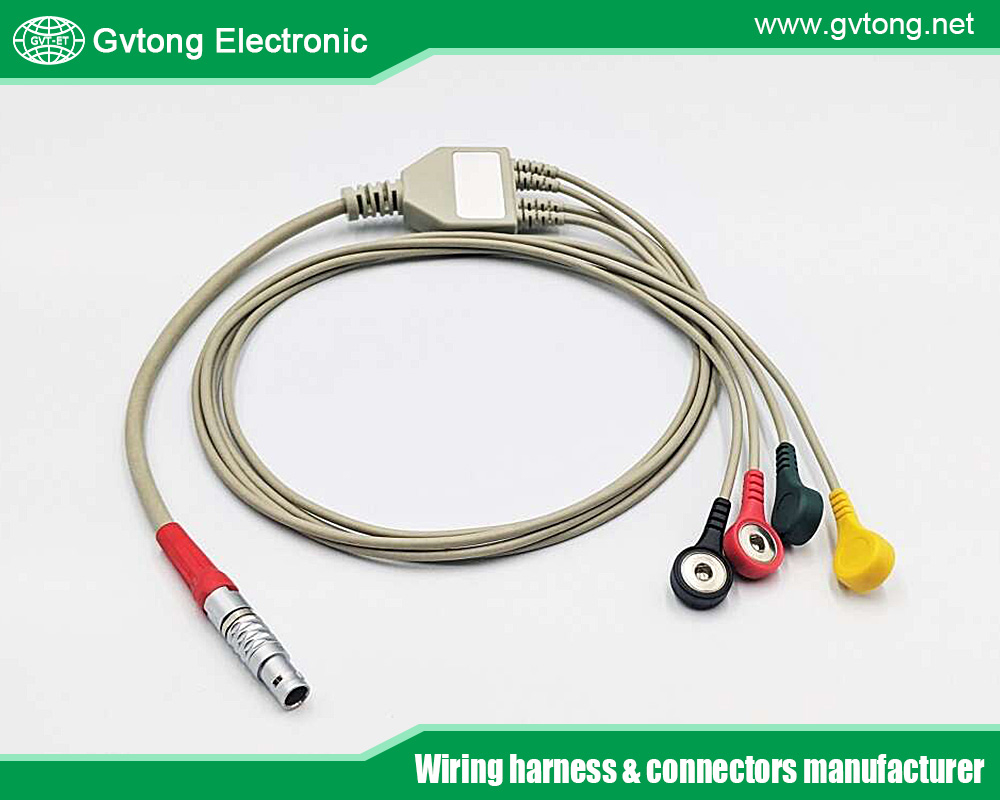
Conclusion
Meeting IP6K9K requirements demands sophisticated sealing technologies like mechanical seals, potting, overmolding, and backshells, as adopted by suppliers such as TE Connectivity, ODU, and Molex. These ensure reliability in high-pressure environments.
Balancing this with lightweighting is achieved through long glass fiber composites, offering up to 30% weight reduction via high strength-to-weight ratios. Materials like glass-filled PBT and PP enable durable, efficient designs, driving innovation in automotive and industrial sectors.
As technology evolves, further integration of composites will enhance sustainability, reducing energy use while upholding protection standards. Suppliers must continue refining these approaches to meet future demands for resilient, lightweight connectors.
For more about what sealing technologies do connector suppliers adopt in the design of connectors to meet the extreme protection requirements of IP6K9K?, you can pay a visit to Gvtong at https://www.gvtong.net/ for more info.
Recent Posts
The Best GR Series-Circular Connectors Manufacturer
The Best GD Series Combined Power Connector Manufacturer
A Guide to Selecting the Best GH Series Plastic Connector Manufacturer
How High Pressure Connectors Work?
The Best Automotive Connector Companies
Tags
Recommended Products
-
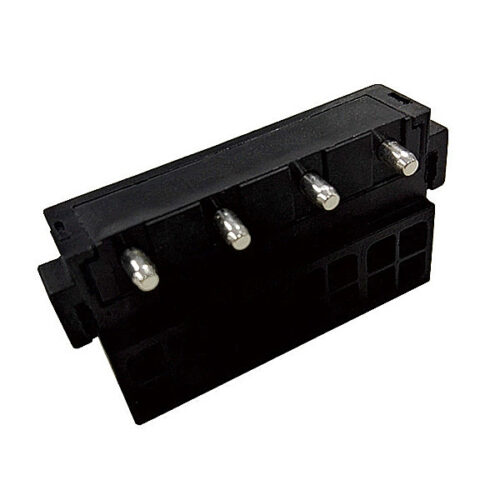
4-pin power connector (35A)
-
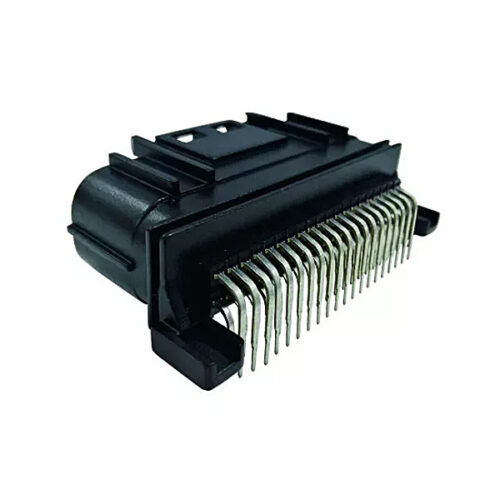
GE double row 40pin signal connector socket
-
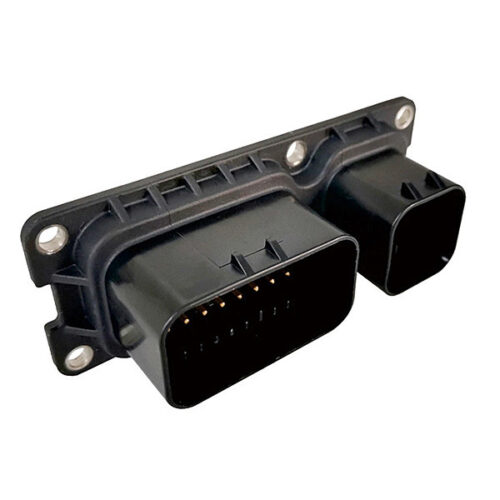
Combination connector-31 core (8+23) socket
-
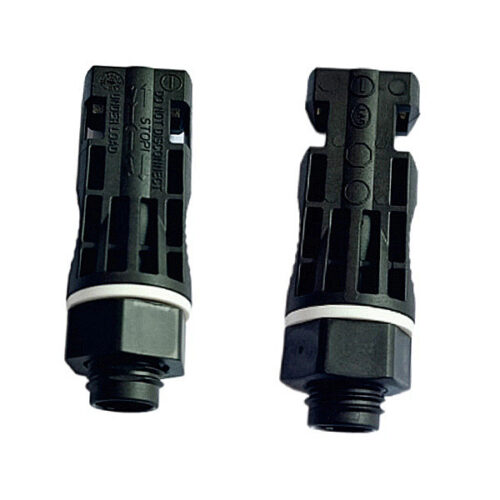
Photovoltaic Connector-Board Socket
-
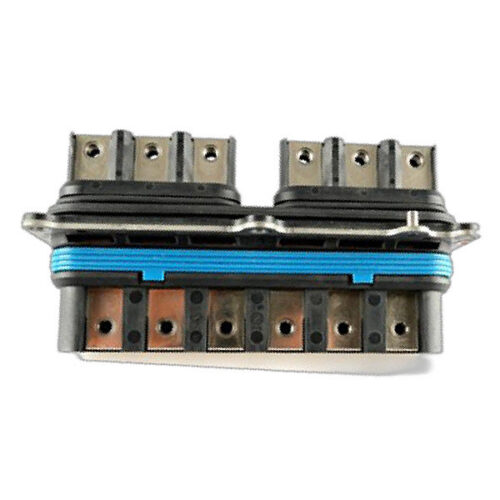
Oil cold through the cylinder
-
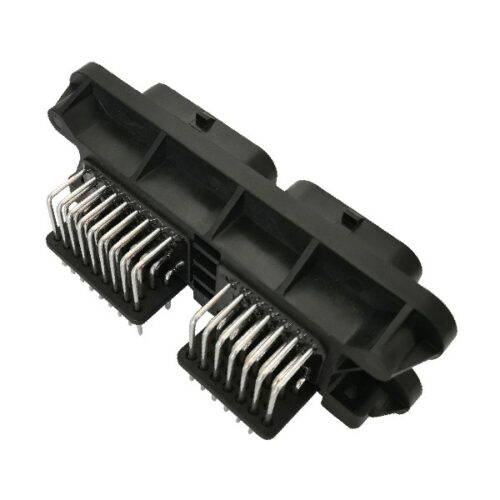
GE Series – 60-core (34+26) combined connector-socket
-
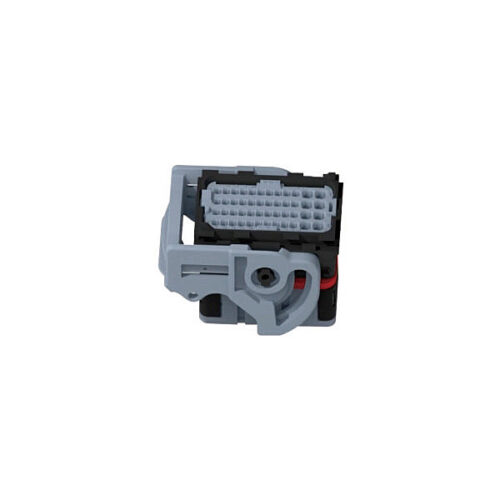
Low voltage connector-48 core socket + plug
-
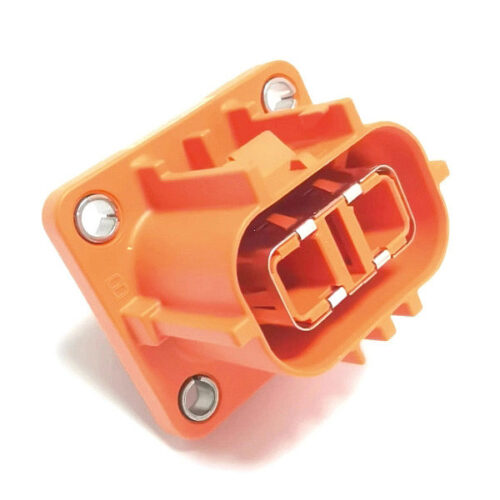
High voltage connector (2 cores)
